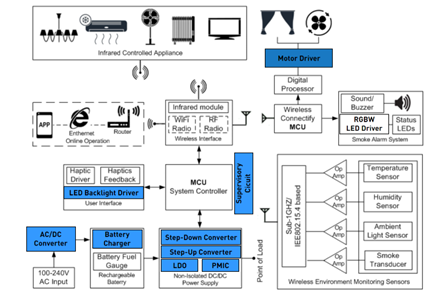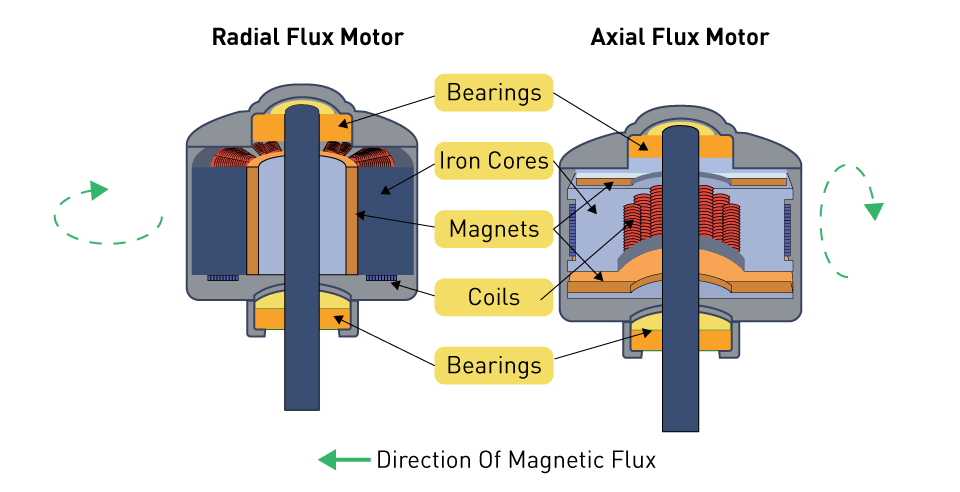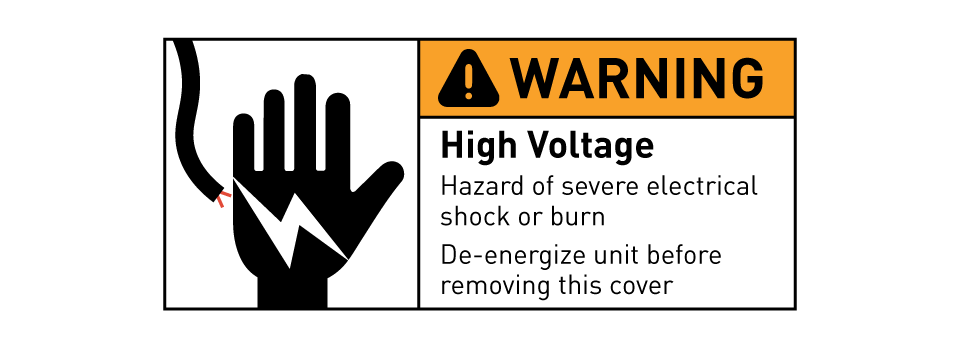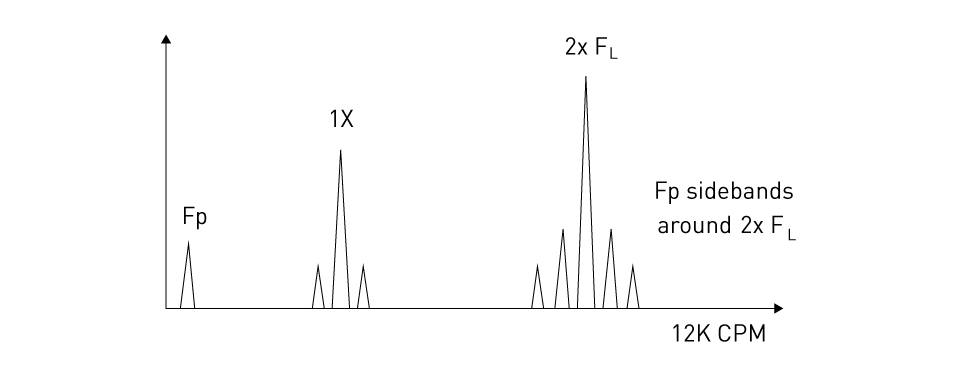Emerging Technologies and Trends in Motor Control Design
New technologies are constantly developing, promising to transform the way motor control systems operate, leading to constant changes in drive electronics. These advancements not only enhance the performance and efficiency of motors but also enable innovative applications across various industries.
Silicon Carbide (SiC) and Gallium Nitride (GaN) Semiconductors
Broad-bandgap semiconductors, like silicon carbide (SiC) and gallium nitride (GaN), have become one of the most important changes in motor control design. Compared to regular silicon, these materials have better electrical qualities. They can handle higher temperatures and voltages, conduct heat more efficiently, and work at higher temperatures. Adding SiC and GaN semiconductors to drive circuits makes it possible to make motor control systems that are smaller, more efficient, and more powerful. These systems are capable of handling higher power densities and switching frequencies with less energy loss.
Silicon Carbide (SiC) FETs:
Maximum Switching Speeds: SiC FETs can usually work at switching speeds of up to 100 kHz, which is a lot higher than regular silicon-based FETs. This high switching frequency allows for more efficient operation with less noise and fewer inactive components.
Temperature Capabilities: SiC devices work very well in places with high temperatures and can handle junction temperatures of up to 200 °C, which is much higher than the 150 °C limit for most silicon devices.
Gallium Nitride (GaN) FETs:
Maximum Switching Speeds: GaN FETs can hit even higher switching frequencies, often above 1 MHz. In control applications, conversion is very efficient, and response times are very quick.
Temperature Capabilities: GaN FETs can work at junction temperatures of up to about 150 °C, even though they are effective at managing heat because they have a high thermal conductivity. But GaN's best feature is that it performs well at these temperatures without much loss.
Advanced Control Algorithms
Another trend that will shape the future of drive electronics is the use of more complex control methods. Model-predictive control (MPC) and adaptive control are two techniques that are becoming more common as computers get faster. These algorithms make it possible to control motor functions more precisely and dynamically, improving performance in real time based on different working conditions. This not only saves energy but also makes the motor more responsive, easier to control the power, and more reliable overall.
Integration of IoT and Connectivity
The Internet of Things (IoT) is transforming the design of motor control by making drive systems more connected and smart. IoT integration makes it possible to watch and control motors from afar, do predictive maintenance using data analytics, and easily connect to other systems for smart and automated operation. This connectivity also enables the collection of vast quantities of operational data, which can further enhance motor performance and energy efficiency.
Electrification and Renewable Energy Applications
As the global push for electrification and green energy continues, drive electronics are a critical part of making these technologies possible. New developments in motor control are needed to efficiently change, store, and use electrical energy. This is especially true for electric cars, energy storage solutions, and renewable energy systems like solar and wind power. These drives design their electronics to be as efficient, reliable, and long-lasting as possible, even in harsh or changing circumstances.
Prospects in Motor Control and Drive Electronics
Motor control and drive electronics are about to go through a huge transformation. New technologies are paving the way for unprecedented advancements. There are a lot of bright spots for the future of motor control, which is moving toward better, more efficient, and more flexible systems.
Integration with Artificial Intelligence and Machine Learning
Exploring new ideas in the integration of artificial intelligence (AI) and machine learning (ML) into movement control systems is a significant area. Machine learning and artificial intelligence can help motor systems do more complex tasks with little help from humans. They can also self-optimize and adapt to changing circumstances. AI algorithms have the ability to anticipate maintenance needs, adjust operational parameters for optimal efficiency, and modify system settings to accommodate new tasks or conditions. This makes the system work better and last longer.
Customizable and Modular Drive Systems
Customization and flexibility in drive electronics could result in highly flexible motor control systems tailored to specific needs. Modular drive systems allow users to easily switch out parts or change setups to meet changing needs. This cuts down on the time and money needed for development. This versatility is especially helpful in fields that change quickly, like robotics, automotive, and green energy, where being able to quickly adapt to new technologies or needs can give you an edge over your competitors.
Energy Harvesting and Wireless Power
New developments in collecting energy and sending power wirelessly will completely change how motor systems are driven, especially in places that are hard to get to or not connected to the grid. Motor systems can work on their own without having to rely on batteries or fixed power sources if they can get energy from things like light, vibration, or temperature differences. When combined with wireless power technologies, this creates fresh ways to use motor-driven systems in tough or mobile situations, like in medical implants, wearable tech, and drones.
Enhanced Efficiency and Sustainability
Research continues to focus on enhancing efficiency and sustainability, aiming to reduce the environmental impact of motor systems. Improvements in drive electronics are necessary to achieve better efficiency, use less energy, and get more out of renewable energy sources. Creating low-loss materials, better cooling methods, and design rules that use less energy are important parts of this project that will help make the future healthier and more sustainable.
Collaborative and Coordinated Systems
Building joint systems, where several motors and drives can work together smoothly, is also important for the future of motor control. This method works especially well in robots, automated manufacturing, and complicated machines where it's important to keep many moving parts in sync and under tight control. Improvements in real-time data processing and transmission protocols let these systems work very precisely and with a lot of freedom, creating new ways to automate tasks and make them more efficient.





直接登录
创建新帐号